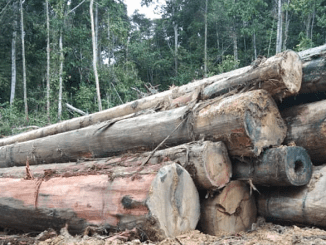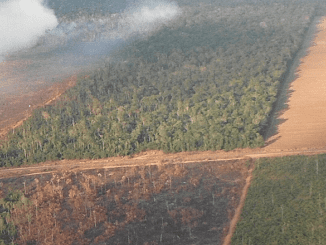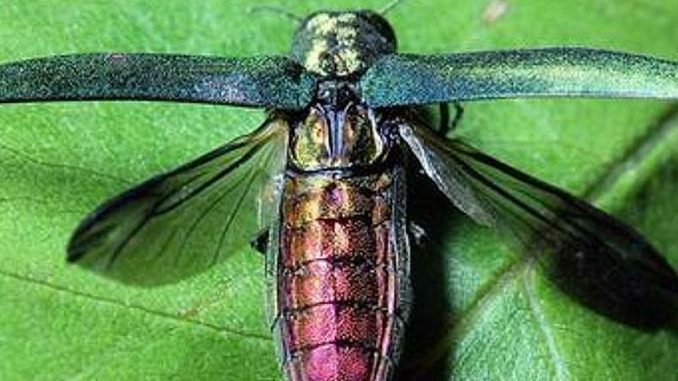
MADISON, Wisconsin, April 8, 2021 (ENS) – “Invasive species have caused and will continue to cause enormous ecological and economic damage with ever-increasing world trade,” U.S. Forest Service scientists conclude in a new comprehensive assessment of the invasive species that confront America’s forests and grasslands, from new arrivals to some that invaded so long ago that people are surprised to learn they are invasive.
This open access report describes the serious threat of invasive species to native ecosystems. Led by Therese Poland, a research entomologist and project leader with the Northern Research Station, the assessment is the product of 115 authors from the Forest Service, other federal and state agencies, and land partners from the university, non-government organization and tribal communities.
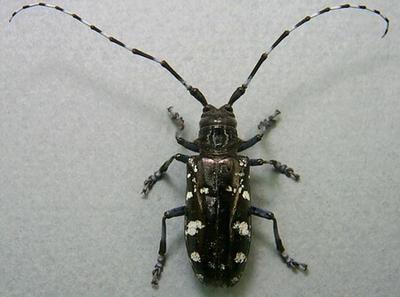
Titled “Invasive Species in Forests and Rangelands of the United States: A Comprehensive Science Synthesis for the United States Forest Sector,” this book is intended as a one-stop resource for land managers who need information on the invasive species that are already affecting the landscape, and the species that may threaten the landscape in the future, plus what is known about practical tools for the control of invasive species.
“Understanding the ecology of invasive species, their dynamics and complex ecological, economic, and societal interactions is critical to improving management strategies and reducing impacts to native ecosystems,” said Cynthia West, director of the Forest Service’s Northern Research Station and the Forest Products Laboratory.
“Tracking the science can be daunting, so Forest Service scientists and many partners have assembled a science synthesis that puts the latest research at land managers’ fingertips,” she said.
The assessment covers invasive species from insects and pathogens, to plants, vertebrates, and aquatic organisms that impact a diversity of habitats in forests, rangelands and grasslands of the United States.
Control of invasive species costs U.S. taxpayers plenty. Federal agencies reported spending more than half a billion dollars per year in 1999 and 2000 for activities related to invasive species, about half on prevention.
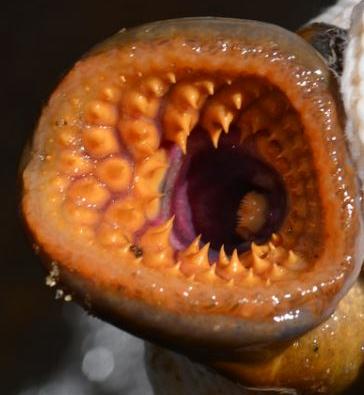
States also spend considerable resources on managing non-native species. The Great Lakes states spend about $20 million each year to control sea lamprey, Petromyzon marinus.
Zebra mussels, Dreissena polymorpha, cause $300–$500 million annually in damages to power plants, water systems, and industrial water intakes in the Great Lakes region according to the Great Lakes Commission.
They are expected to cause $64 million annually in damages should they or quagga mussels, Dreissena bugensis, spread to the Columbia River basin.
The new assessment features geographically focused regional summaries that highlight the most important invasive species and issues impacting all the different regions of the country.
The assessment is available to view or download at https://www.fs.usda.gov/treesearch/pubs/61982
Featured Image: Native to Southeast Asia, the emerald ash borer is an invasive species that is destroying the ash trees of North America and Europe. (Photo courtesy David Caeppert / USDA Forest Service / Bugwood.org)
© 2021, Environment News Service. All rights reserved. Content may be quoted only with proper attribution and a direct link to the original article. Full reproduction is prohibited.

